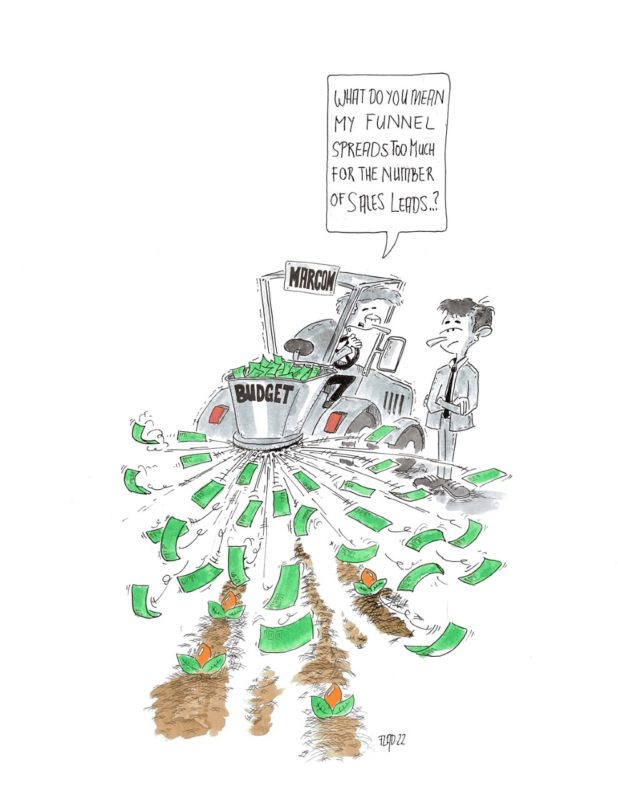Woolley Marketing: Top of the funnel or bottom of the funnel?
In his regular column for Mumbrella, Trinity P3 founder and global CEO Darren Woolley looks at the false dichotomy of the funnel.
It is interesting how discussing the sales funnel or the marketing funnel, or even the marketing and sales funnel, always gets a reaction from people. Some will maintain that the funnel is redundant, or even dead. Others will question why it needs to be a funnel. Why not a path or a journey? And modern sales insists it is a pipeline.
The same applies when the discussion turns to where to invest in the funnel. Top of funnel brand marketers will tell you that building awareness and consideration fills the funnel to reap the benefits at the bottom. While their last-click attribution colleagues will insist that the bottom of the funnel is where the investment should be made.

Cartoon by Dennis Flad, with permission (2022)

